Antimicrobial prescribing and antimicrobial resistance surveillance in equine practice
A. Wilson, T. Mair, N. Williams, C. McGowan and G. Pinchbeck | Equine Veterinary Journal | May 2022
The aim of this online questionnaire-based survey study was to characterise the current antimicrobial prescribing practices and behaviours of veterinary surgeons in equine practice, to evaluate the frequency of antimicrobial resistance (AMR) infections encountered and describe surveillance, audit processes and infection control activities in equine hospitals…



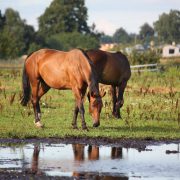
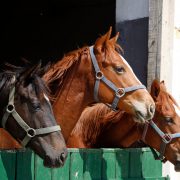
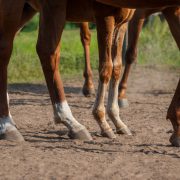
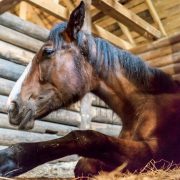
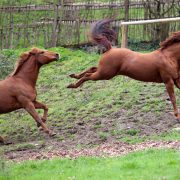

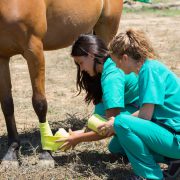
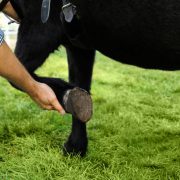
Connect with us